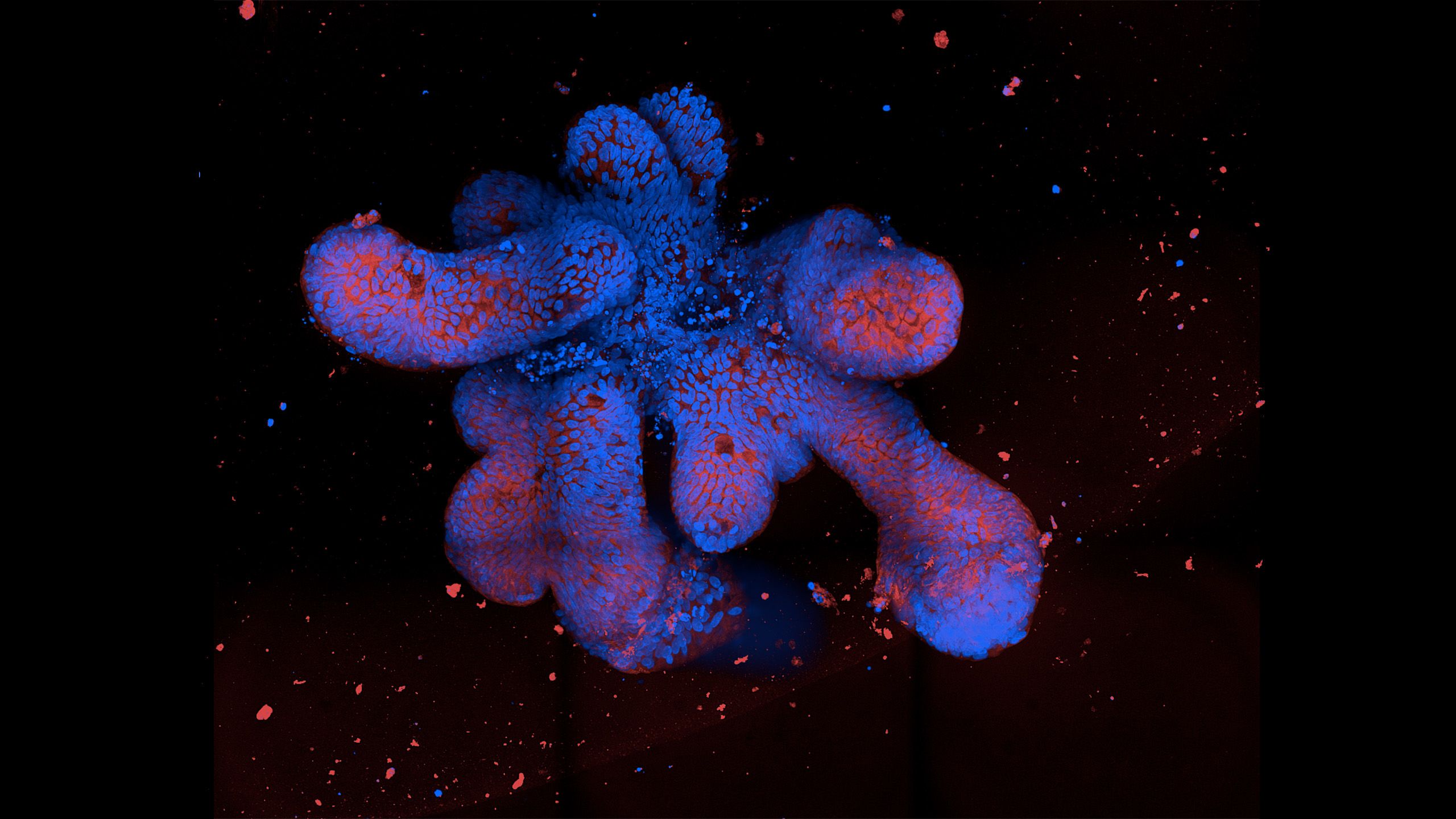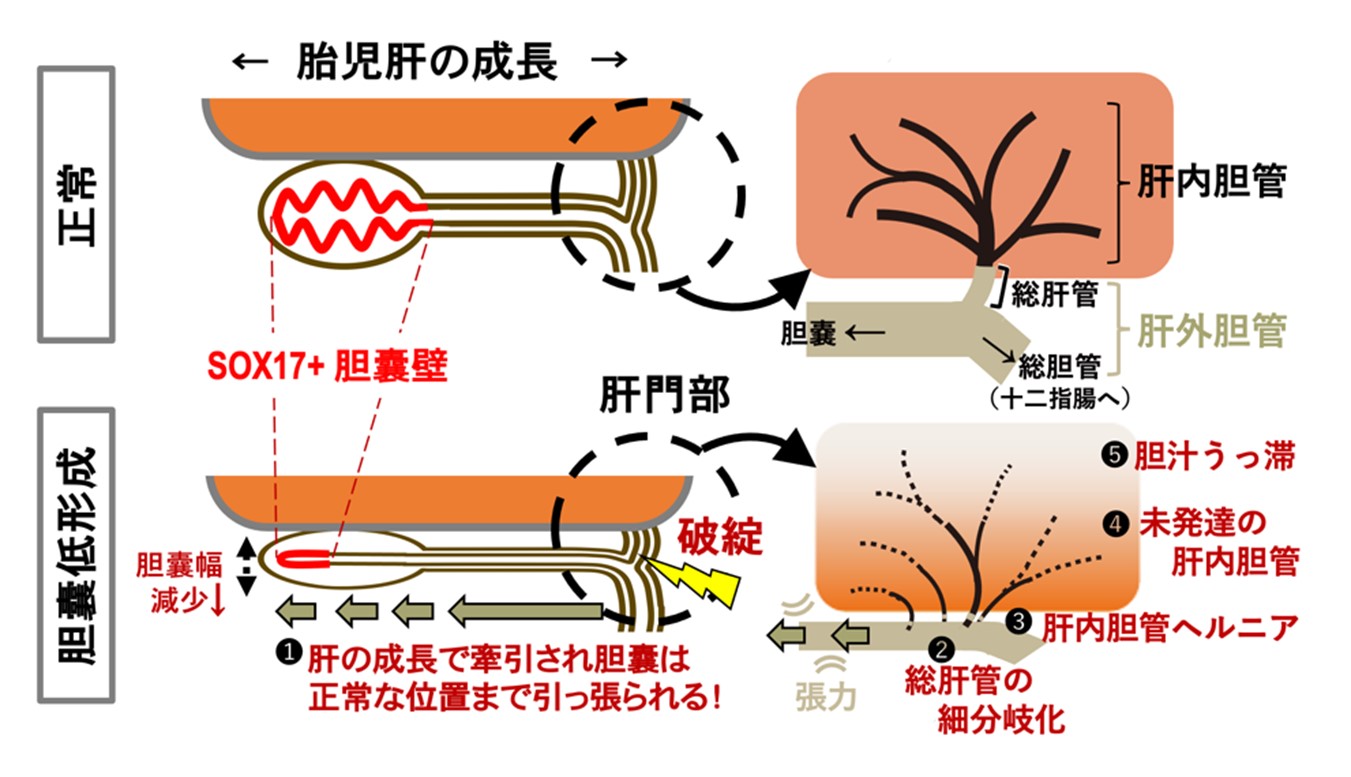2024-06-11 ケンブリッジ大学

<関連情報>
- https://www.cam.ac.uk/stories/crohns-mini-guts
- https://gut.bmj.com/content/early/2024/05/30/gutjnl-2024-332043
患者由来のオルガノイド・バイオバンクから、重症クローン病における新規メカニズムとして腸管上皮MHC-Iのエピジェネティック制御異常が同定される Patient-derived organoid biobank identifies epigenetic dysregulation of intestinal epithelial MHC-I as a novel mechanism in severe Crohn’s Disease
Thomas W Dennison,Rachel D Edgar,Felicity Payne,Komal M Nayak,Alexander D. B. Ross,Aurelie Cenier,Claire Glemas,Federica Giachero,April R Foster,Rebecca Harris,Judith Kraiczy,Camilla Salvestrini,Georgia Stavrou,Franco Torrente,Kimberley Brook,Claire Trayers,Rasa Elmentaite,Gehad Youssef,Bálint Tél,Douglas James Winton,Nefeli Skoufou-Papoutsaki,Sam Adler,Philip Bufler,Aline Azabdaftari,Andreas Jenke,Natasha G,Natasha Thomas,Erasmo Miele,Abdulrahman Al-Mohammad,Greta Guarda,Subra Kugathasan,Suresh Venkateswaran,Menna R Clatworthy,Tomas Castro-Dopico,Ondrej Suchanek,Caterina Strisciuglio,Marco Gasparetto,Seokjun Lee,Xingze Xu,Erica Bello,Namshik Han,Daniel R. Zerbino,Sarah A Teichmann,Josquin Nys,Robert Heuschkel,Francesca Perrone,Matthias Zilbauer
Gut Published:June 10, 2024.
DOI:https://doi.org/10.1136/gutjnl-2024-332043
Abstract
Objective Epigenetic mechanisms, including DNA methylation (DNAm), have been proposed to play a key role in Crohn’s disease (CD) pathogenesis. However, the specific cell types and pathways affected as well as their potential impact on disease phenotype and outcome remain unknown. We set out to investigate the role of intestinal epithelial DNAm in CD pathogenesis.
Design We generated 312 intestinal epithelial organoids (IEOs) from mucosal biopsies of 168 patients with CD (n=72), UC (n=23) and healthy controls (n=73). We performed genome-wide molecular profiling including DNAm, bulk as well as single-cell RNA sequencing. Organoids were subjected to gene editing and the functional consequences of DNAm changes evaluated using an organoid-lymphocyte coculture and a nucleotide-binding oligomerisation domain, leucine-rich repeat and CARD domain containing 5 (NLRC5) dextran sulphate sodium (DSS) colitis knock-out mouse model.
Results We identified highly stable, CD-associated loss of DNAm at major histocompatibility complex (MHC) class 1 loci including NLRC5 and cognate gene upregulation. Single-cell RNA sequencing of primary mucosal tissue and IEOs confirmed the role of NLRC5 as transcriptional transactivator in the intestinal epithelium. Increased mucosal MHC-I and NLRC5 expression in adult and paediatric patients with CD was validated in additional cohorts and the functional role of MHC-I highlighted by demonstrating a relative protection from DSS-mediated mucosal inflammation in NLRC5-deficient mice. MHC-I DNAm in IEOs showed a significant correlation with CD disease phenotype and outcomes. Application of machine learning approaches enabled the development of a disease prognostic epigenetic molecular signature.
Conclusions Our study has identified epigenetically regulated intestinal epithelial MHC-I as a novel mechanism in CD pathogenesis.


